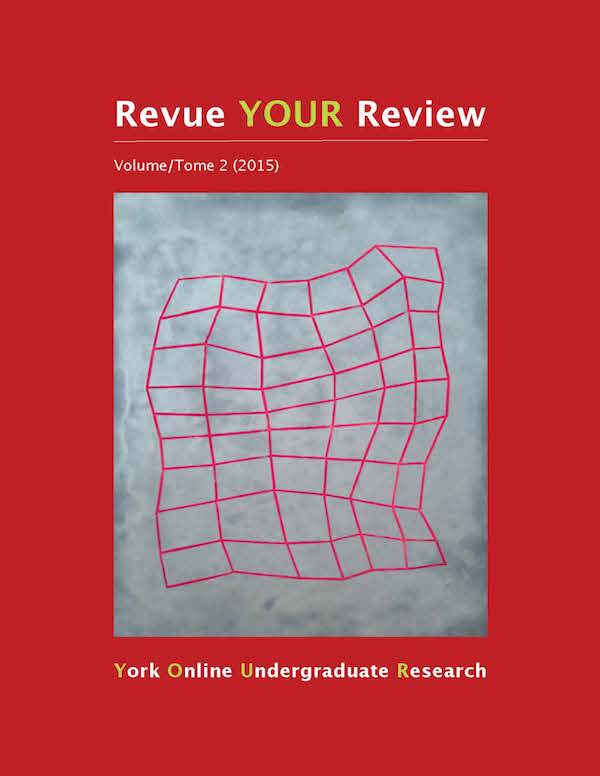SLUTS: From one Comment to a Global Phenomenon
Résumé
The SlutWalk movement turned into a massive global feminist movement no one saw coming. SlutWalk’s aim was to challenge the social normative blame of sexual assaults, and discourses that have historically imbued negative connotations to the term “slut.” This paper argues that the movement’s message has become undermined by the powerfully patriarchal hegemonic mass media, and focuses on analyzing and investigating the representation surrounding the participants of this movement in the Toronto Star. This paper uses a feminist perspective and Gramsci’s hegemony framework as lenses for critical analysis. The first section of the paper explores the historical and social manifestation of patriarchy, and how previous feminist movements have challenged its unequal oppressive and subjective nature. The section notes that despite the decades of past women’s movements to gain greater gender equality, sexual assault is still a prevalent issue today and presents the issue that sparked the SlutWalk movement, the movement’s message, and what it set out to accomplish/challenge. The second section explores Antonio Gramci’s theory of hegemony between the mass media and the public sphere. It focuses on different theories and strategies of manipulation, and the framing of various representations of groups and individuals by the mass media. The third section focuses on the chosen methodology, a relatively small qualitative discourse analysis, utilizing non-random sampling to gather three Toronto Star articles. The discourse analysis solely focuses on the discourse of the Star’s descriptions of the participants of SlutWalk. The findings suggest that the Toronto Star does misrepresent the SlutWalk participants and their messages, by undermining them through the use of a particularly narrow discourse that emphasizes their appearance, while diluting the key social issues they are challenging.
Téléchargements
Comment citer
Numéro
Rubrique
Licence
Les auteurs qui contribuent à la Revue YOUR Review acceptent de publier leurs articles selon une des trois catégories de la licence 4.0 : Creative Commons Attribution 4.0 International; Creative Commons Attribution-Pas d'Utilisation Commerciale 4.0 International; ou Creative Commons Attribution-Pas de Modification 4.0 International. Tout contenu éditorial de ce site ainsi que les affiches et les résumés sont sous la licence Creative Commons Attribution-Pas de Modification 4.0 International. Pour plus d’informations, veuillez voir :
https://creativecommons.org/licenses/
Dans tous les cas, les auteurs conservent leurs droits d’auteurs et concèdent à la Revue YOUR Review le droit de première publication. Les auteurs peuvent, par la suite, conclure d’autres accords de distribution non exclusifs de la version publiée dans ce périodique (par exemple, l’afficher à un dépôt institutionnel ou le publier dans un livre ou dans un autre périodique) à condition que la reconnaissance fasse mention de la publication originale dans la Revue YOUR Review.


